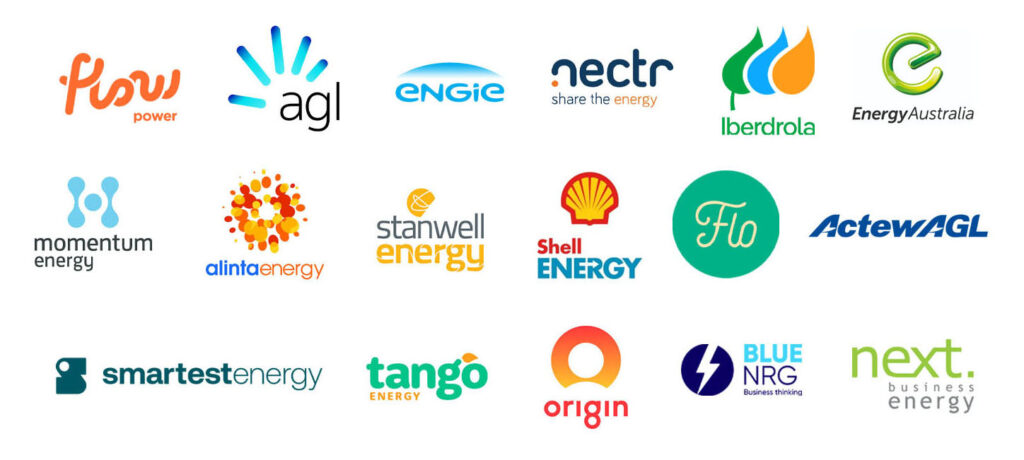Australia is bracing for potential gas shortages expected to start in 2025, with the Australian Energy Market Operator (AEMO) raising concerns about supply gaps and the need for urgent action to counter shortages due to peak demand days.
In its annual gas statement of opportunities report, AEMO said “small seasonal supply gaps” may emerge from 2026, with the shortages becoming annual ones from 2028 unless additional supplies are developed.
Regions affected include New South Wales, Victoria, South Australia, Tasmania, and the ACT.
AEMO’s Warning and Forecast
AEMO’s latest gas market outlook for Australia’s east coast forecasts a significant gas supply gap for the southern states starting in 2028.
The projection stems from production in the Bass Strait declining faster than the rate of demand reduction.
The projected supply shortages have been pushed back by a few years compared to the previous year’s report. The shortfalls have been delayed due to an increasing number of households moving away from fossil fuels.
With two-thirds of gas production on the East Coast allocated for exports, mainly from Queensland, a quicker reduction in domestic demand must be achieved to prevent future shortages.
Alternatively, additional supplies will be needed, or more gas must be transported southwards.
Gas shortage predictions have been a consistent aspect of AEMO’s yearly reports for the last decade, as the market operator aims to pinpoint and resolve gaps in supply.
Their focus has primarily been on supply challenges rather than anticipating changes in demand, especially in response to increased energy costs.
Initiatives aimed at accelerating the transition away from gas, such as Victoria’s prohibition on new residential gas connections starting in 2024, could also lead to a more rapid decline in consumption than what AEMO currently anticipates.
Gas storage facilities must be fully stocked before winter
The AEMO report emphasised the importance of ensuring that all southern gas storage facilities are fully stocked before winter and continuously monitoring depletion rates to mitigate shortfall risks.
The report highlighted that sourcing gas supply from northern regions should be considered to stave off or minimise supply exhaustion in extreme cases of rapid depletion.
One significant factor that can potentially influence the situation is the timing of the 2,880-megawatt Eraring coal-fired power plant.
If the closure extends beyond the scheduled date of August 2025, gas-fired power consumption may decrease by 30% to 60%.
Impact on Gas Production and Consumption
Gas production in southern fields is expected to decline substantially from around 1,500 petajoules (Pj) in 2022 to approximately 700 Pj by 2028
Victoria, one of the heavily affected regions, is set to experience a 48% drop in total gas supply over the outlook period.
Reasons Behind Gas Shortages
The shift towards renewable energy sources and increased electrification has contributed to decreased gas demand.
However, the decline in gas production has outpaced the reduction in demand, leading to anticipated supply gaps.
AEMO’s Recommendations and Responses
AEMO CEO Daniel Westerman emphasised the urgent need for new investments to sustain gas supply beyond 2028.
Proposed measures include:
- Pipeline upgrades.
- New domestic supply sources like renewable gases.
- Exploration of LNG import terminals.
Regulatory and Operational Support
Regulatory measures are underway to establish a reliable framework for managing gas reliability and shortfall risks.
Collaboration with energy ministers and stakeholders is crucial for effective implementation.
Mitigating Shortfalls
Liquefied natural gas (LNG) producers hold approximately 70% of the identified reserves in central and eastern Australia.
The quantity of gas exported globally through Curtis Island in Queensland accounts for roughly 70% of the yearly consumption in the east coast gas market.
AEMO has assessed various investment options, including pipeline upgrades and renewable gas sources, to reduce the risk of supply shortfalls.
Operational strategies such as running gas-powered generators on liquid fuels are also being considered.
Transition to Net Zero Goals
Efforts to meet net-zero emissions goals are driving the decline in domestic gas consumption, particularly in the residential, commercial, and industrial sectors. Gas-fired plants are expected to support the transition to renewable energy sources.
Conclusion
AEMO’s warnings regarding potential gas shortages in southern Australia underscore the necessity for proactive measures and strategic investments. Collaboration between industry stakeholders, regulatory bodies, and policymakers is crucial for navigating the challenges posed by declining gas supplies and ensuring energy security for the region.
Take proactive measures to get ahead of potential gas supply disruptions
With the prospect of gas shortages in 2025 looming over the country, there is no better time than now to take proactive steps to ensure that your business has a stable and secure gas supply. With Leading Edge Energy’s assistance, commercial and industrial gas consumers can secure a gas contract now to avoid supply interruptions and stabilise their business operations against price volatility.
Request an obligation-free gas quote for your business today. Let our experienced energy brokers navigate the current market landscape to secure the most favourable offers for your business. Get started by filling out our form here, contacting us at 1300-852-770 or sending us an email at admin@leadingedgeenergy.com.au.
We source, analyse, compare and rank commercial, industrial and multisite energy quotes. Obligation Free.
Chat with one of our experienced consultants today and get the insights your business needs to help manage the risks associated with volatile electricity and natural gas markets. Our energy procurement service is obligation-free and provides a time-saving way of securing lower energy rates from our panel of energy retailers.







